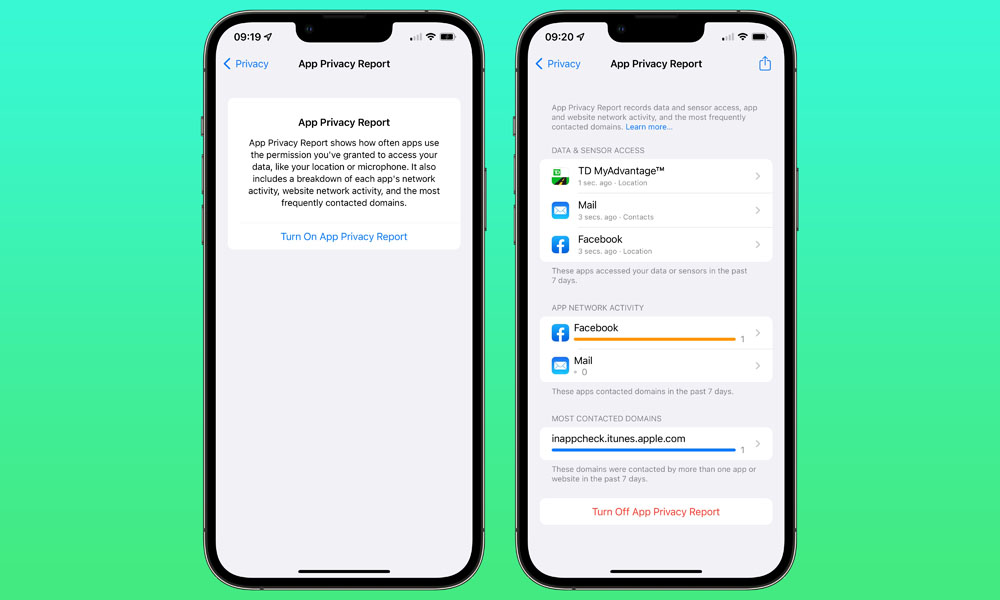App Privacy Report

This is the next logical step beyond the App Privacy Labels that Apple introduced to the App Store last year, promising to actively monitor what data your apps are accessing, rather than simply trusting what developers are saying about their own apps.
App Privacy Labels, which were somewhat like the nutrition labels you see on food, were intended to show you what kind of data an app would access before you downloaded it. The problem is that this was based entirely on the honor system.
Apple required developers to complete a comprehensive questionnaire to outline what kind of data their apps ask users for, and what else they access on your iPhone, iPad, or Mac. However, as far as we know, Apple did nothing to verify these reports.
Likewise, even though Apple did require developers to submit this information before updating their apps, it didn’t enforce it until that happened, and at least one big developer — Google — avoided the issue for weeks by simply failing to update its apps. In retrospect, it was easy to see why.
Apple’s new App Privacy Report will take this beyond what developers are willing to share, with features baked into iOS 15 that will actually keep track of what an app is actually doing on your device.
This will include things like tracking how often an app has accessed your location, camera, or microphone, as well as access to sensitive data like photos and contacts. It will also take a page out of Safari’s new Privacy Reports to let you know what trackers may be working away behind your back, reporting information to ad networks and elsewhere.
While some aspects of the feature already showed up in IOS 15 — a “Record App Activity” setting could be found in the Privacy section of the Settings app — it wasn’t entirely functional. Specifically, there was no way to actually see any data, and it’s not even clear if iOS 15 was even recording anything.
With the first beta of iOS 15.2, however, the setting has been more appropriately renamed App Privacy Report, and it would appear that it’s fully functional. Further, even Apple’s own first-party apps aren’t exempt from this, so you’ll know what’s going on whether that activity is coming from the built-in Mail app or the usual suspects like Facebook.
